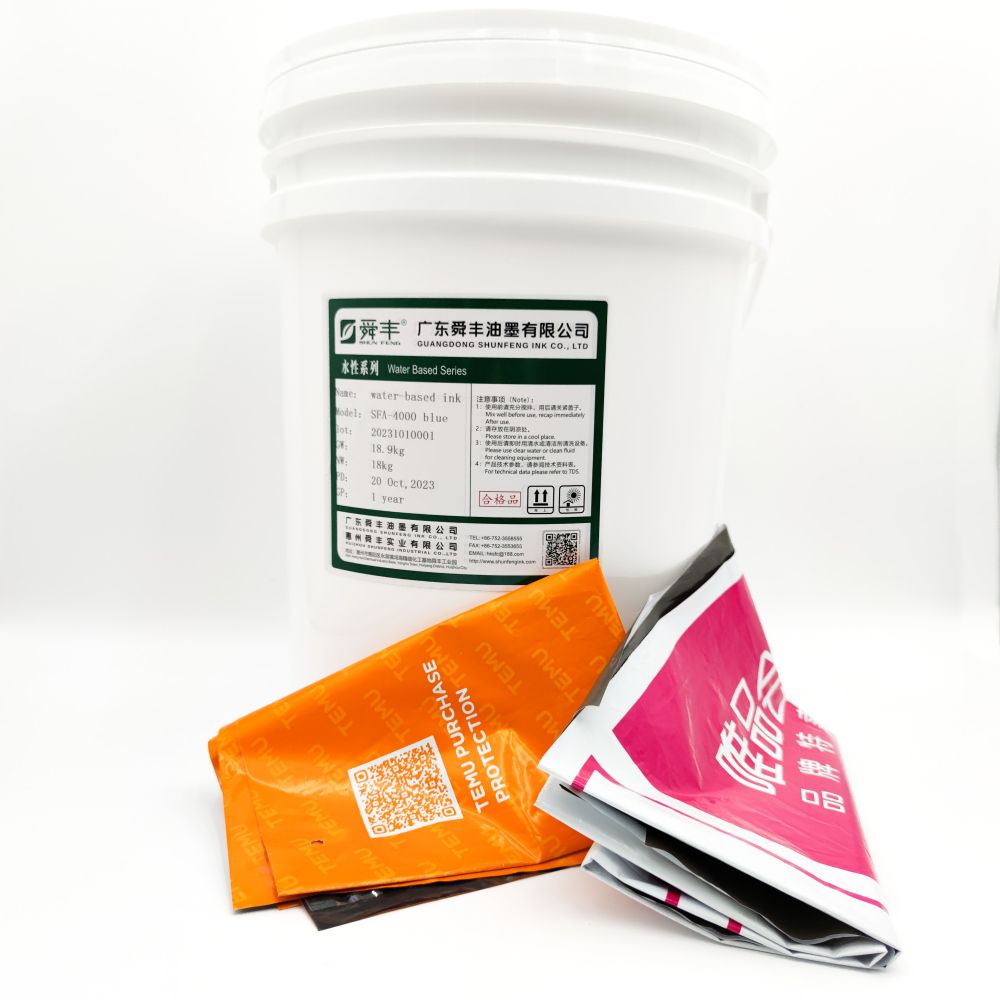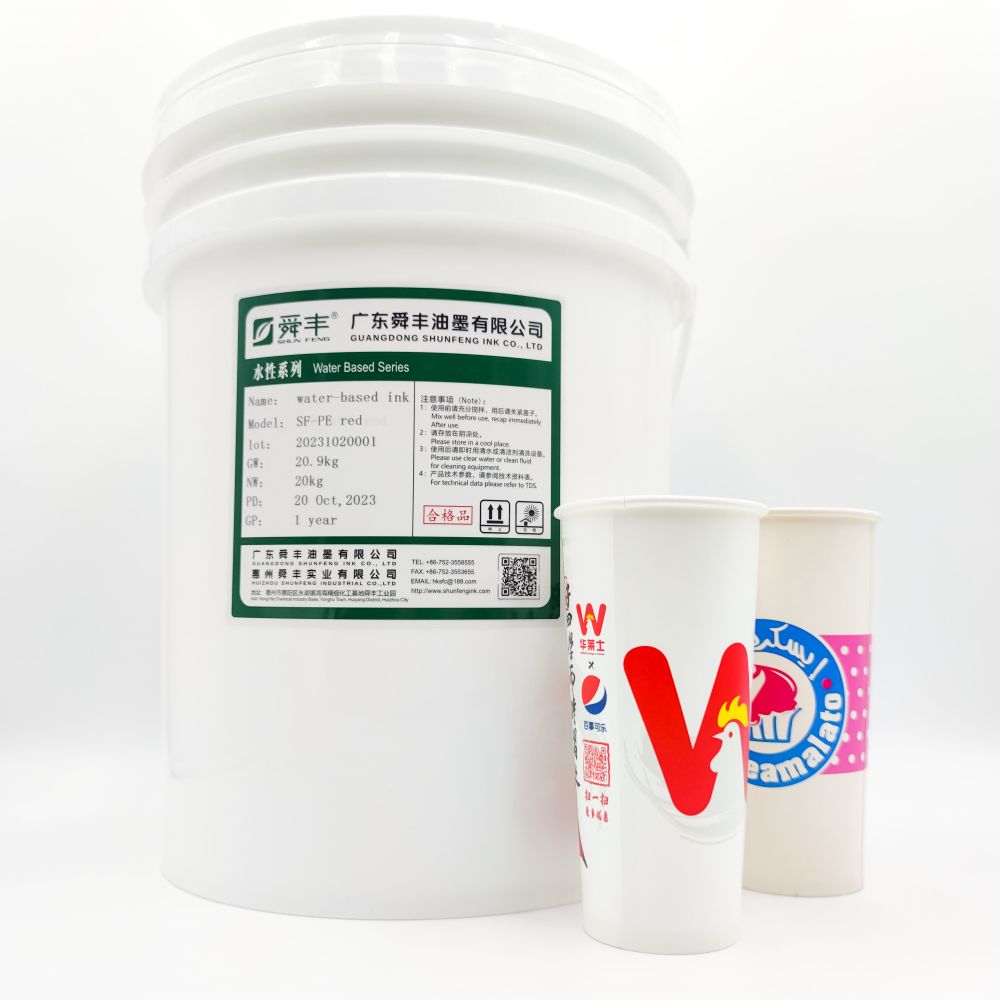0102030405
Solutions to Clogging Issues in Gravure Printing
2024-08-08
Clogging Phenomenon
In gravure printing, the ink transfer rate typically ranges from 50% to 70%, with the remaining ink left in the cells. If the retention rate increases, it can lead to clogging, causing blurry patterns, unclear text, color deviations, and in severe cases, a halt in the printing process.
Common Causes of Clogging
- Typically, shallow cells are the most prone to clogging. Common causes include:
- Ink drying: Ink left in the cells may dry due to rapid solvent evaporation, making it difficult to dissolve again. This reduces the transfer rate and gradually leads to clogging.
- Equipment issues: Poor design, such as shallow immersion of the printing cylinder in the ink tray or hot air blowing directly onto the plate surface, can accelerate ink drying and increase the risk of clogging.
- Ink contamination: Dust or debris from the printing substrate may be drawn into the ink through static electricity, clogging the cells. Large particles or precipitates in the ink itself can also cause blockages.
- Poor plate quality: Issues with the etching or engraving process can lead to rough cell walls, affecting ink transfer and resulting in clogging in severe cases.
- Ink dissolution issues: Mixing incompatible inks or solvents can reduce ink stability and transfer efficiency, eventually causing clogs.
- Chemical reactions in the ink: Certain inks undergo crosslinking reactions during printing, which reduces fluidity, increases viscosity, and lowers transfer rates, leading to clogging.

Solutions
- Maintain appropriate temperature and humidity in the print shop, adjusting solvent drying speeds to match printing speed and environmental conditions.
- Adjust the distance between the doctor blade and impression cylinder, and avoid hot air blowing directly onto the plate surface.
- Increase printing speed and use slow-drying solvents.
- If ink performance issues cause clogging, thoroughly clean the equipment before switching to new ink, and avoid mixing inks of different densities.
- Regularly stir the ink to maintain fluidity and prevent the formation of a surface film.
- Before starting or during long pauses, clean the printing plate with solvent to prevent ink from drying.
- When using new ink, preheat it to 40-50°C to dissolve any crystallized additives or waxes before use.
- Use proper dilution solvents from reliable sources.
gravure ink, gravure printing ink, water based printing ink, water based gravure ink, printing ink manufacturer, gravure ink supplier, water based ink supplier, high quality printing ink










